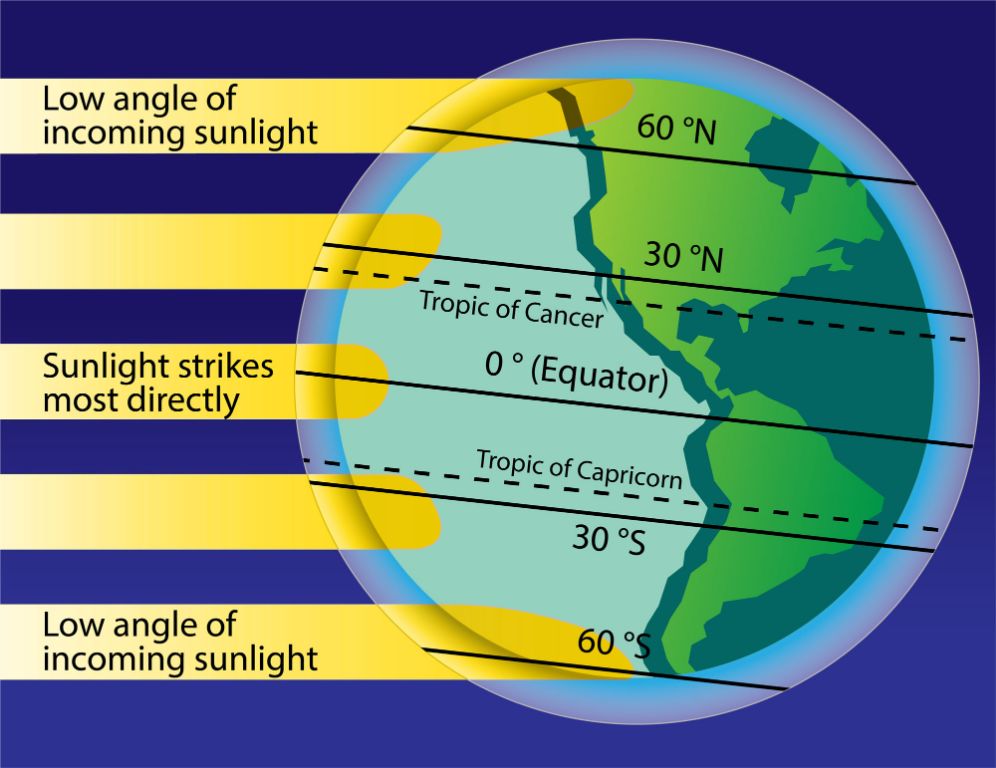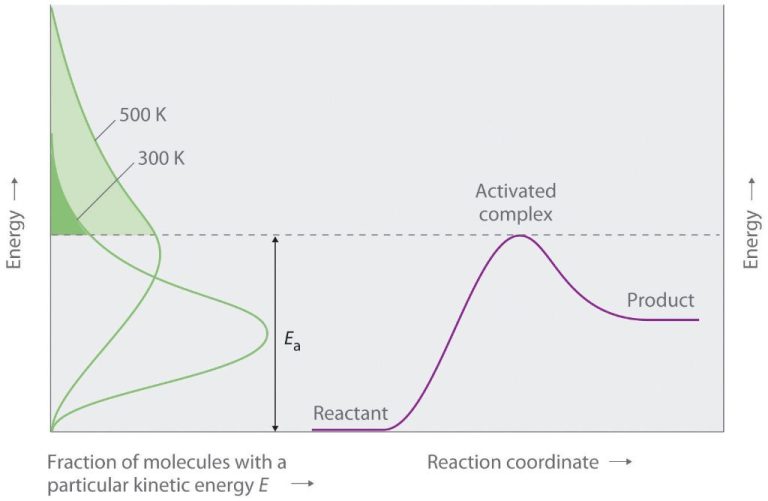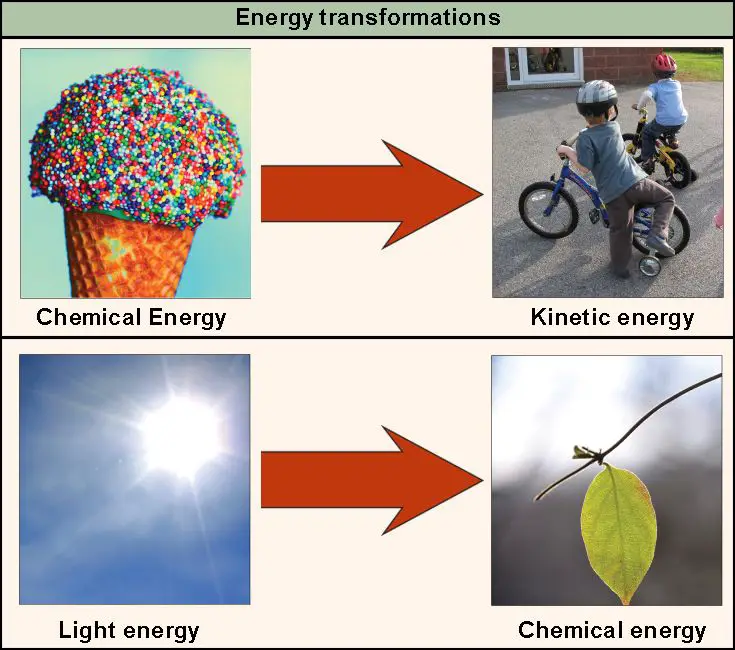What Is The Vocabulary Definition Of Radiant Energy?
Radiant energy is energy that travels in the form of electromagnetic waves or photons. It is emitted or radiated from a source and can propagate through space or a medium to be absorbed by another body.
Examples of radiant energy include visible light, ultraviolet light, infrared radiation, radio waves, X-rays and gamma rays. Unlike conductive or convective heat transfer, radiant energy can travel through a vacuum like outer space. Radiant energy falls within the electromagnetic spectrum which encompasses all electromagnetic radiation.
When radiant energy is absorbed, it can be converted to thermal energy or heat. We commonly experience this when sunlight hits our skin and we feel warmth. The sun is a major source of radiant energy that sustains life on Earth.
Types of Radiant Energy
There are many different types of radiant energy including:
- Visible Light – The type of electromagnetic radiation that is visible to the human eye. Visible light includes the colors of the rainbow with wavelengths between 400-700 nanometers.
- Infrared – Infrared radiation has longer wavelengths than visible light, between 700 nm to 1 mm. Infrared is most commonly felt as heat.
- Ultraviolet – Ultraviolet (UV) light has shorter wavelengths than visible light, between 10-400 nm. UV light comes from the sun and can cause sunburn.
- Radio Waves – Radio waves have very long wavelengths, from 1 mm to around 100 km. Radio waves are used for radio/television broadcasts, communications, and radar.
- X-Rays – X-rays have very short wavelengths, from 0.01-10 nanometers. They have high energy and can penetrate many materials.
Properties of Radiant Energy
Radiant energy has some unique properties that differentiate it from other forms of energy like thermal energy or electrical energy.
First, radiant energy is able to travel through empty space. It does not require a medium like air, water or metal to transfer from one location to another. This is different from conductive heat energy, which relies on molecular collisions to transfer energy.
Second, radiant energy is capable of transferring heat. When radiant energy is absorbed by an object, it will raise the temperature of that object. For example, we feel warmth from the radiant energy emitted by the sun.
Third, radiant energy consists of transverse waves. Transverse waves oscillate perpendicular to the direction of energy transfer. Radiant energy waves like visible light, ultraviolet radiation, and radio waves are all transverse in nature.
These unique properties make radiant energy distinct from other forms of energy transfer. The ability of radiant energy to travel through space as transverse waves while transferring heat energy enables many everyday technologies like radio communication, infrared imaging, and the warming of the Earth by the sun.
Sources of Radiant Energy
There are several natural sources that produce radiant energy:
- The Sun – The sun generates an enormous amount of radiant energy in the form of electromagnetic radiation. This includes ultraviolet rays, visible light, and infrared rays. The sun accounts for most of the radiant energy received on Earth.
- Fire – Combustion reactions like fire produce radiant heat and light energy. The glowing flames and embers emit radiant energy that we can feel as warmth and see as brightness.
- Lightning – The powerful electrical discharges of lightning give off bursts of bright radiant energy, including visible light, ultraviolet light, and infrared waves.
- Stars – Stars like our sun produce huge amounts of radiant energy from nuclear fusion reactions. This energy travels through space as electromagnetic radiation.
These natural sources continuously generate radiant energy that plays an important role in sustaining life and driving Earth’s climate.
Uses of Radiant Energy
Radiant energy has many practical applications in our everyday lives. Some of the main uses of radiant energy include:
Heating – Radiant energy is used for heating in various applications such as space heaters, boilers, and furnaces. Heating systems like radiant floor heating utilize radiant energy from hot water pipes or electric coils to heat spaces.
Lighting – Light bulbs and lamps convert electrical energy into visible radiant energy or light that illuminates spaces. Radiant energy lighting sources include incandescent, LED, and fluorescent bulbs.
Cooking – Radiant heat from stovetops, ovens, grills, and other appliances is used to cook food. The infrared radiation helps heat up and cook the food.
Communications – Radio waves, microwaves, and infrared are types of radiant energy used for communications like radio broadcasting, cell phones, satellite television, and more.
Medical imaging – Techniques like x-rays, CT scans, and MRIs utilize various forms of radiant energy to image the body for diagnostic purposes.
Measuring Radiant Energy
There are several instruments used to measure radiant energy. The most common include:
Radiometers
Radiometers measure the intensity of electromagnetic radiation. They contain a sensor inside a hollow blackened sphere or cone that absorbs the radiation. This causes the temperature inside to increase, which expands a metal strip or gas volume. The expansion moves a pen arm over a calibrated scale, allowing the intensity to be read off.
Bolometers
Bolometers work similarly to radiometers, but measure the heating effect of radiation on an electrical resistance thermometer. As radiation is absorbed, the temperature of the thermometer rises, causing a change in electrical resistance. This allows very small energy fluxes to be measured accurately.
Photometers
Photometers measure the heating effect of light radiation through photoelectric effects. They contain photocells that generate an electric current proportional to the intensity of the incident light radiation. This allows the intensity of visible, ultraviolet and infrared radiation to be quantified.
Radiant Energy vs Radiant Heat
Radiant energy and radiant heat are related, but distinct, concepts in physics and engineering. While they share some common characteristics, there are important differences between the two terms.
Radiant energy refers to electromagnetic waves emitted by a source and traveling through space or another medium. It includes visible light, ultraviolet radiation, infrared radiation, radio waves, X-rays, and gamma rays. Radiant energy can propagate without a medium like air or water. The rate of radiant energy emitted over time is referred to as radiant flux.
In contrast, radiant heat involves the thermal energy transferred by electromagnetic waves that is absorbed by an object. When radiant energy is absorbed, it heats the target object. This thermal energy that is transferred as heat is referred to as radiant heat. Unlike radiant energy, radiant heat requires a medium like air or vacuum to transfer thermal energy from one body to another.
While radiant energy describes the electromagnetic radiation itself, radiant heat is the effect that absorbed radiant energy has on the temperature of an object. Radiant energy can exist without heating anything, but radiant heat relies on the absorption of radiant energy to transfer thermal energy to a material.
In summary, radiant energy is the emitting of electromagnetic radiation from a source, while radiant heat is the thermal energy that is absorbed and transferred when radiant energy interacts with an object. They are related phenomena, but have distinct definitions in physics.
Importance of Radiant Energy

Radiant energy plays a vital role in sustaining life on Earth and regulating the planet’s climate. The radiant energy emitted from the Sun powers photosynthesis in plants, which generates oxygen and food that sustains humans and animals. Without this constant influx of solar radiant energy, life as we know it could not exist.
Radiant energy from the Sun also drives wind circulation and hydrological cycles that shape climate and weather. The warming of the atmosphere and oceans due to absorption of radiant heat energy creates convection currents that influence environmental patterns around the globe.
In addition, radiant energy is harnessed for renewable power generation. Solar panels/cells convert sunlight into electricity that can be used to power homes, businesses, and utilities. Similarly, concentrated solar power systems focus sunlight to heat fluids and produce steam to drive turbines. As sustainable energy technology advances, radiant energy will continue to provide a clean, renewable alternative to fossil fuels.
Interesting Facts About Radiant Energy
Radiant energy has some fascinating historical origins and discoveries worth noting:
The study of radiant energy began in the 1600s when scientists like Isaac Newton started exploring the nature of light and energy. Newton used prisms to break up sunlight into a spectrum of colors, revealing the visible light aspect of radiant energy.
Infrared radiation was discovered in 1800 by astronomer William Herschel. He used prisms to split sunlight and noticed unseen rays with heating effects beyond the red end of the visible spectrum. This discovery marked the beginning of infrared astronomy.
Radio waves were first produced and detected in 1887 by Heinrich Hertz. His work validated theories that electricity and light were both forms of electromagnetic waves, which could travel unseen through space as radiant energy.
X-rays came to light in 1895 when Wilhelm Roentgen accidentally discovered them while experimenting with cathode rays. Roentgen earned the first Nobel Prize in Physics for his work, which opened up new realms of radiant energy.
Cosmic microwave background radiation was predicted in 1948 by Ralph Alpher and Robert Herman, and later detected in 1964 by Arno Penzias and Robert Wilson. This provided critical evidence confirming the Big Bang theory.
Conclusion
Radiant energy is an important concept in physics. It refers to the energy transferred by electromagnetic waves or photons, including visible light, infrared, ultraviolet, radio waves, X-rays and gamma rays. Understanding radiant energy is key to explaining many natural phenomena and harnessing energy for human use.
In summary, radiant energy is produced by accelerating electric charges and travels across space as electromagnetic waves. It does not rely on matter for transmission and can propagate through a vacuum. The amount of radiant energy depends on the frequency and intensity of the radiation. When radiant energy is absorbed by matter, it can excite atoms and molecules and transform into heat or chemical energy.
Engineers apply principles of radiant energy to develop technologies like radio communication, thermal imaging, remote sensing, and radiation therapy. Everyday devices like radio, TV, infrared cookers, and incandescent lights all rely on the generation, detection or application of radiant energy.
By studying radiant energy, physicists have unlocked many of the mysteries of light, radiation, and the structure of matter. A solid grasp of radiant energy concepts empowers new scientific discoveries and enables innovative energy solutions to improve human life.





